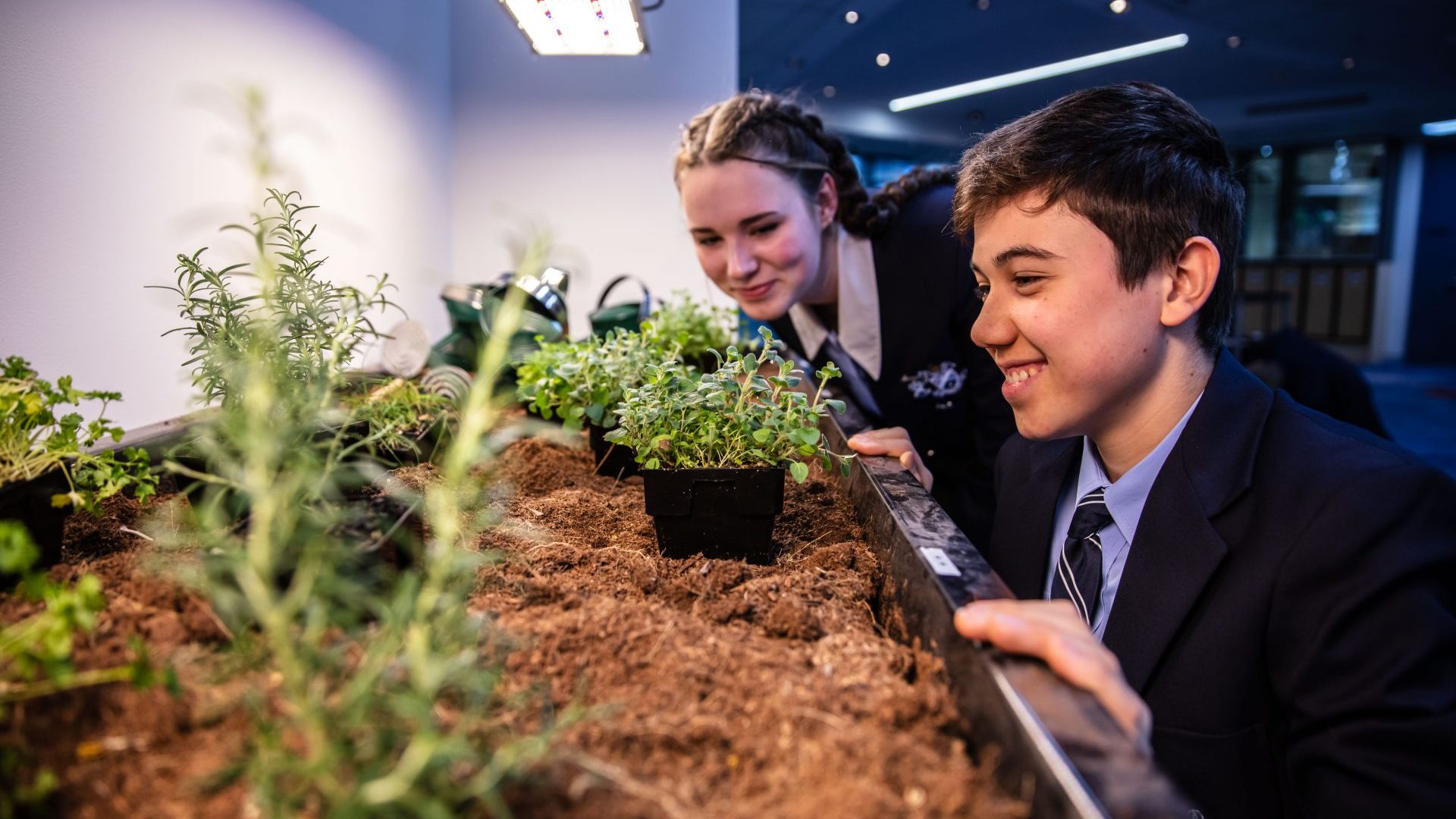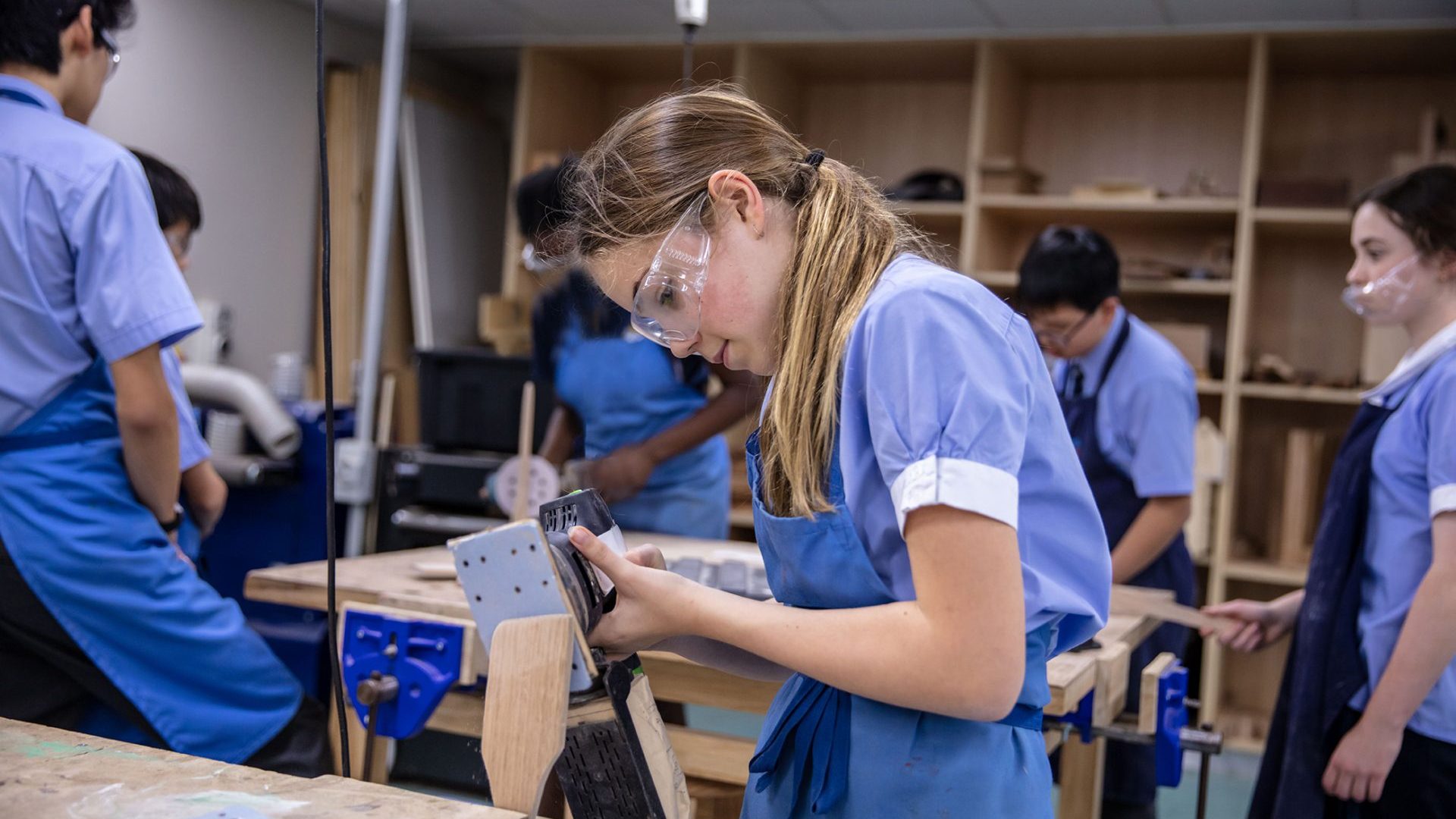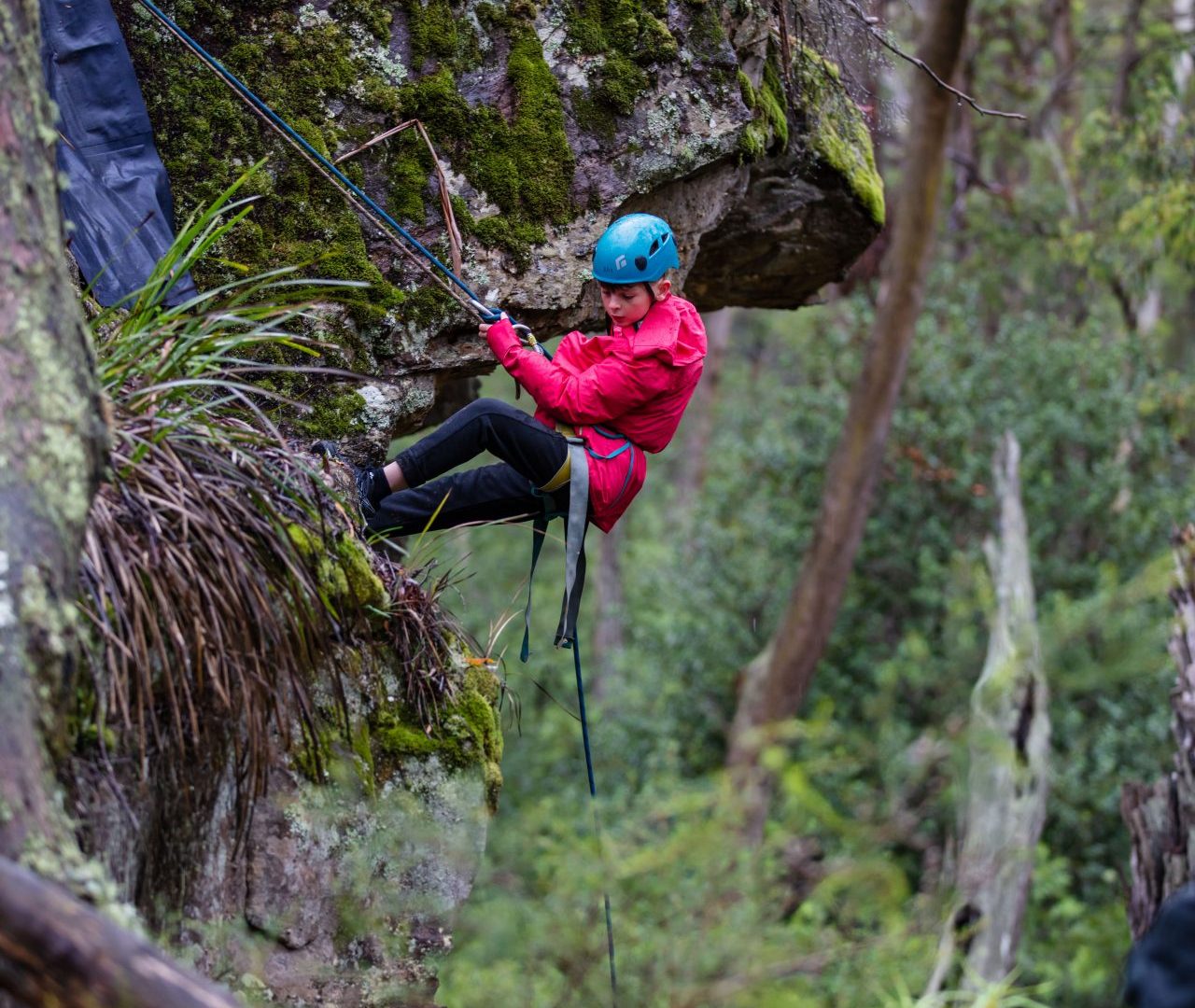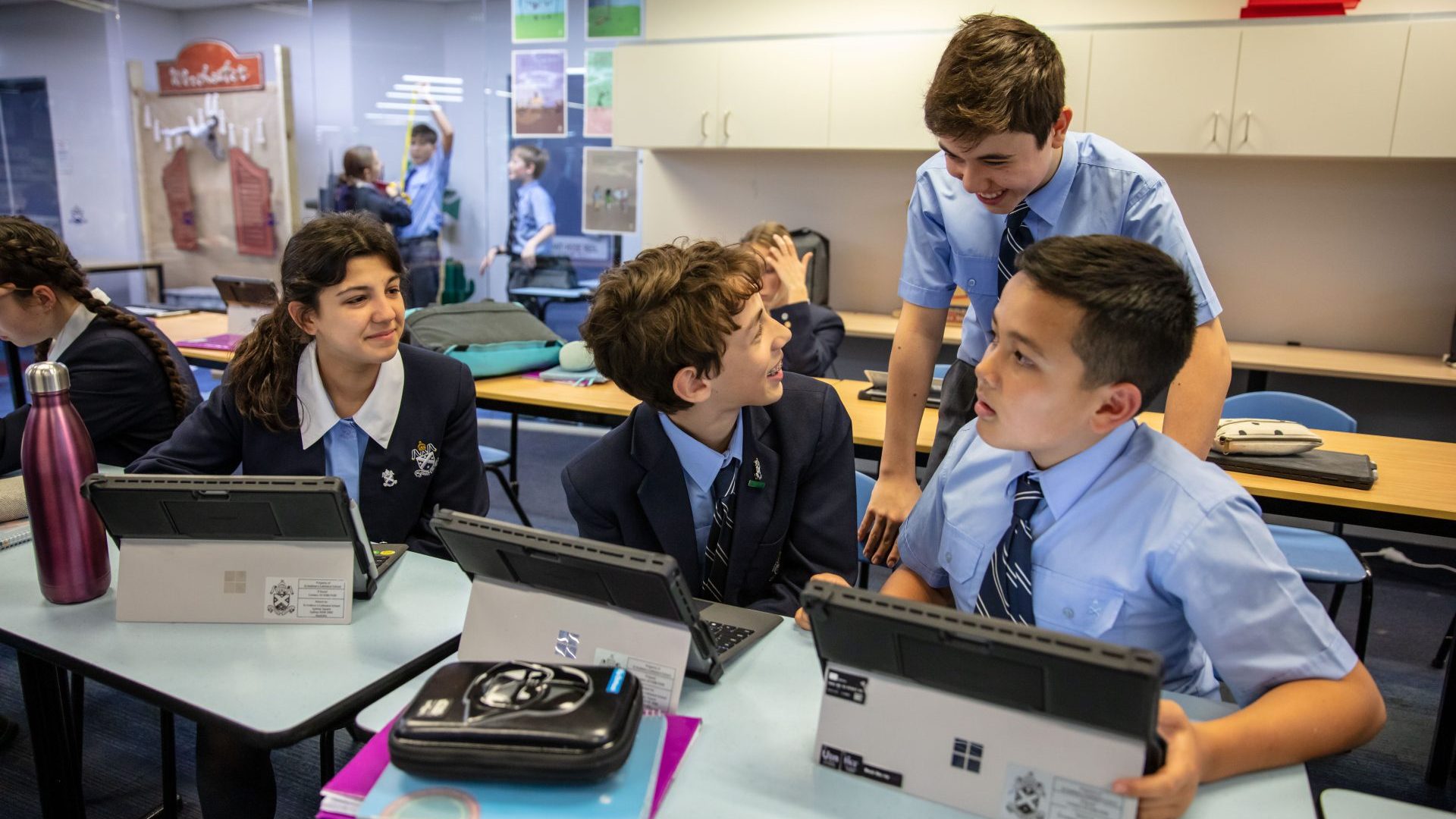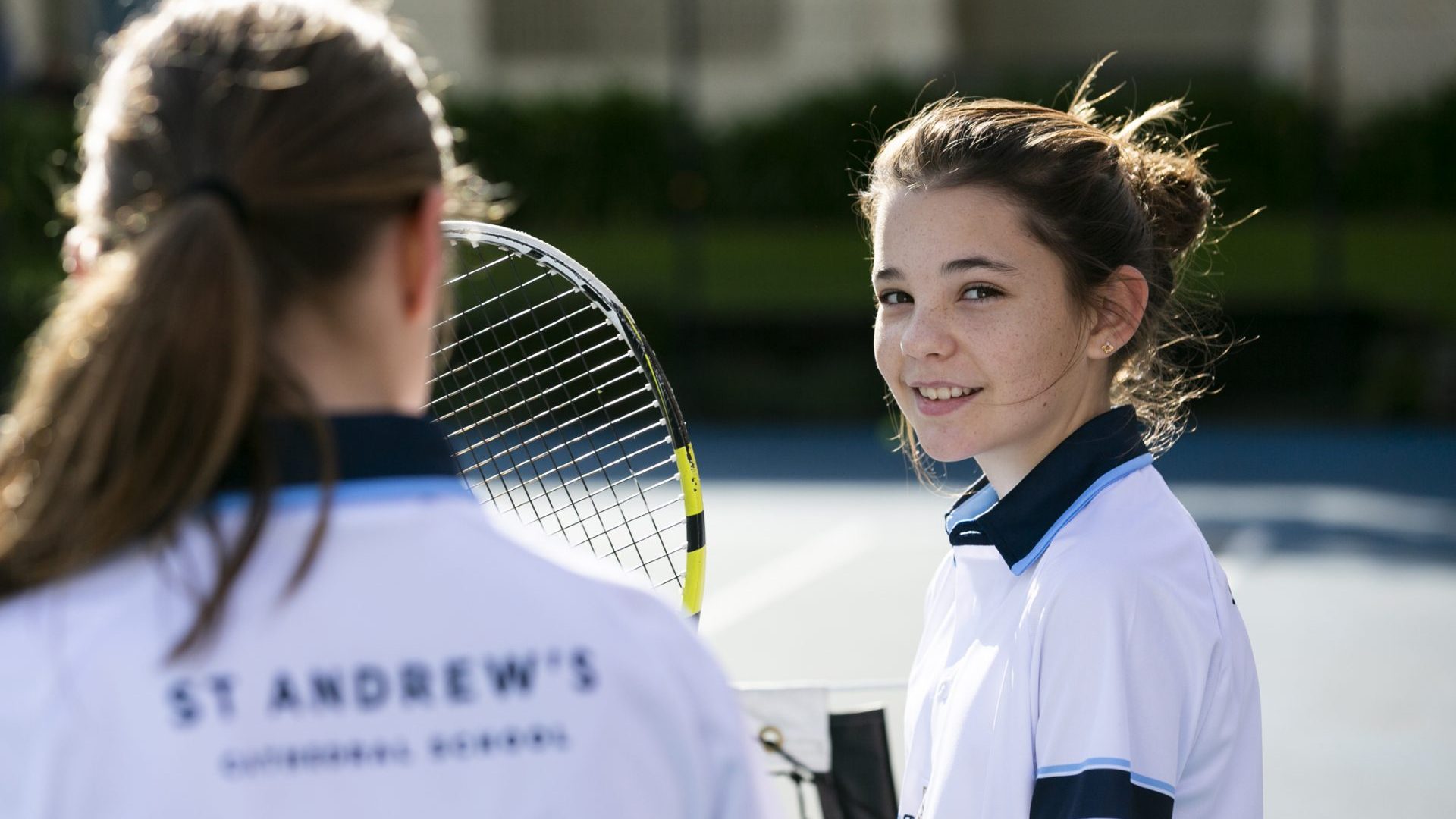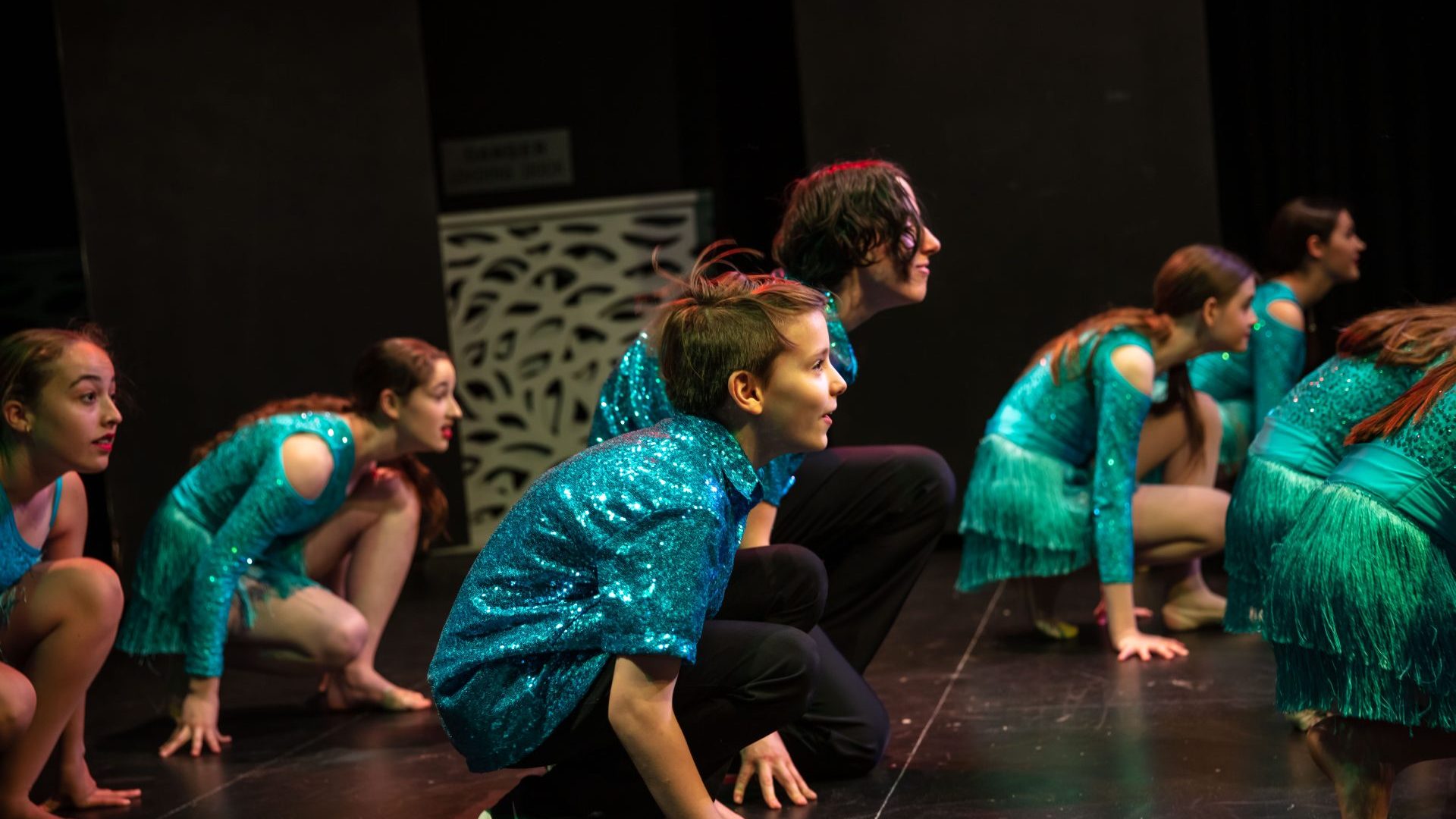The IB Middle Years Programme framework
All Middle School students undertake the International Baccalaureate MYP Programme. We teach global mindedness: an openness to the world, so that our students learn to appreciate difference and recognise their deep interconnectedness with others.
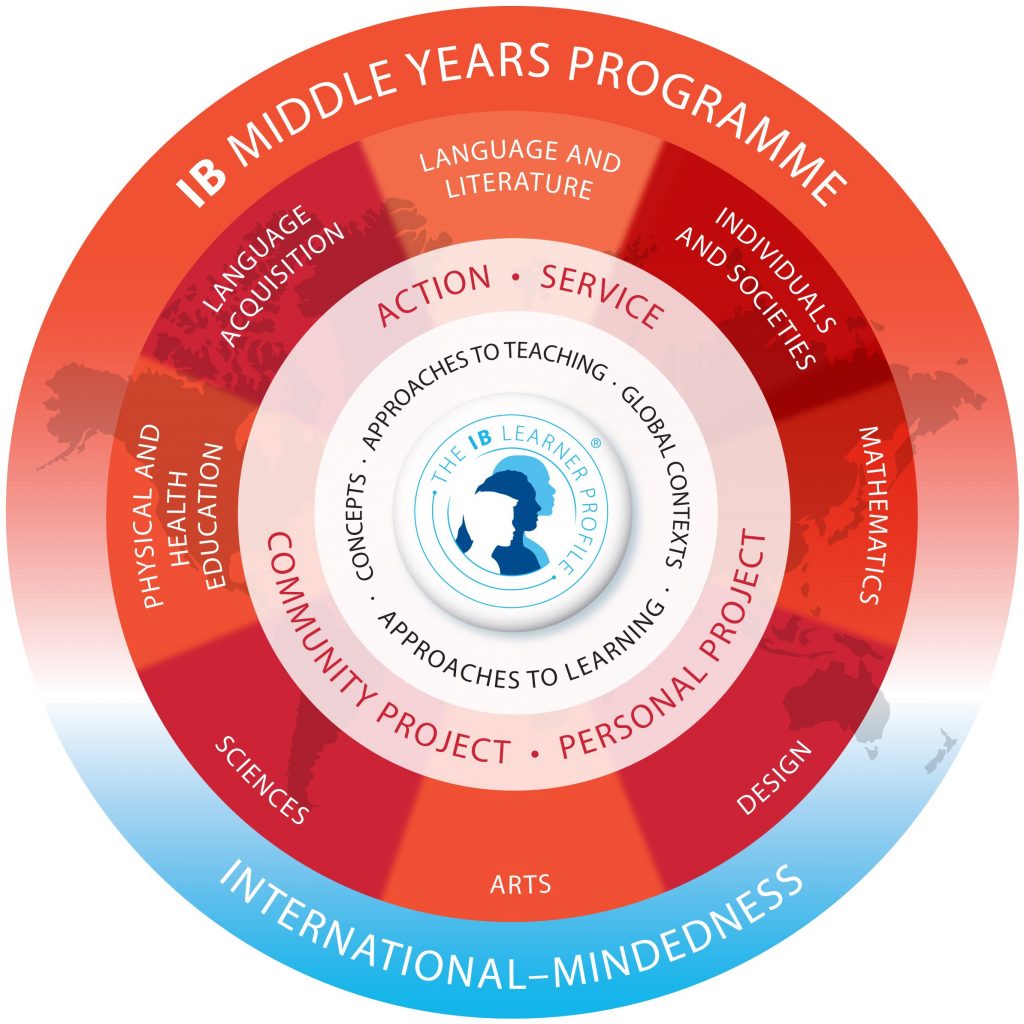
The framework also teaches higher-order thinking, helping our students be more reflective about the process of learning (to ‘learn how to learn’) and therefore more skilful in their thinking. We also build interdisciplinary connections rather than teaching subjects in isolation, helping students to see the connections between their subjects and the real world. This approach ensures the middle years of schooling build valuable skills for the senior years.
Noticeably, the framework places the student at the centre with the other key elements radiating out. The MYP curriculum structure replicates very closely the eight Key Learning Areas of NSW curriculum courses: Language and Literature (English), Language Acquisition (French, Mandarin or Spanish), Mathematics, Science, Individuals and Societies (History, Geography), Design, Arts (Drama, Music, Visual Arts) and Physical Education (PDHPE). In Years 7 and 8, they will study all the Key Learning Areas and Christian Development and then in Years 9 and 10, they will continue to study English, Maths, Science, History, Geography, Christian Development, PDHPE and their second language. They will also have a choice of two elective subjects.
Personal Project
Towards the end of the MYP in Year 10, students have an opportunity to demonstrate the fruit of their learning through the completion of a Personal Project – a longer-term ‘passion’ project where they bring to bear their research skills, character strengths, knowledge across subjects, understanding of global contexts and interdisciplinary skills. Below are a selection of the Personal Project feature videos from the 2024 MYP Year 10 students and Personal Project Coordinator, Ms Bindi Jarvis.
Curriculum
We are committed to best practice learning in the Middle School years. We recognise that the specific academic needs of students through this stage are different from those in primary education and the final secondary years.
Our students gain powerful knowledge through mastering curriculum content as well as understanding the methods for creating that knowledge within each discipline. This provides them with the tools they need to become expert, flexible thinkers who are able to create fresh solutions for local and global issues.
Our courses fall within the Key Learning Areas:
- English
- Mathematics
- Science
- Technology and Applied Studies
- Human Society and Its Environment Sciences
- Learning a language (Years 7-10)
- Christian Development
- Creative and Performing Arts
- Personal Development, Health and Physical Education
Elective Subjects:
Elective subjects are studied from Year 9.
- Aboriginal Studies
- Commerce
- Dance
- Design and Technology
- Drama
- English Elective
- Global Studies
- History Elective
- Industrial Technology – Engineering
- Industrial Technology – Timber
- Information and Software Technology
- Music
- Philosophy and Belief
- Photographic and Digital Media
- Physical Activity and Sports Studies
- Textiles Technology
- Visual Arts
You may also be interested in

